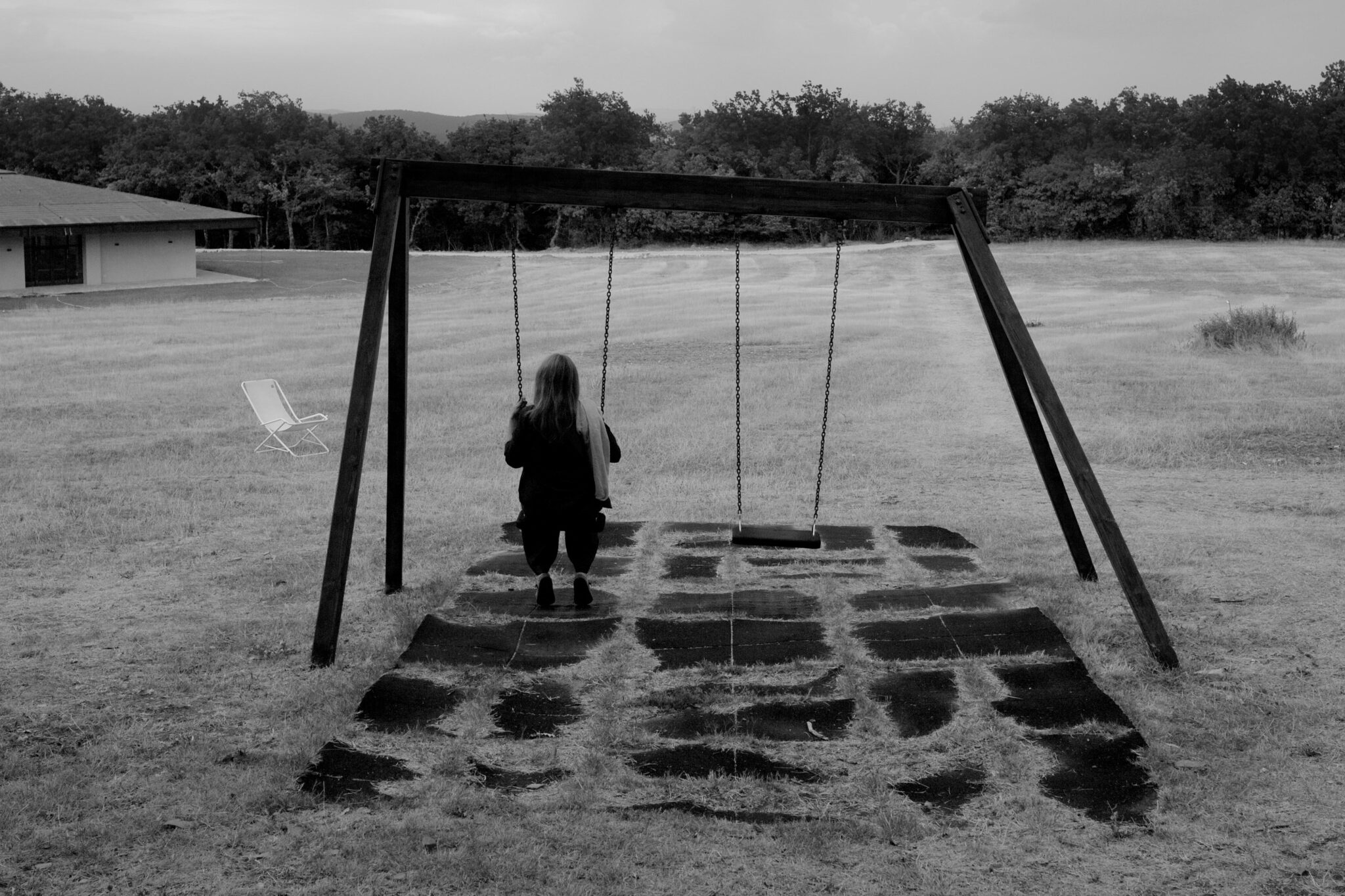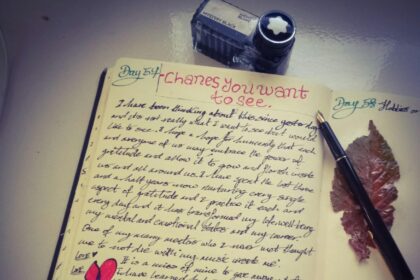There’s something quietly powerful about childhood memories-the little moments, the laughter, the tears, the voices that echo softly in the corners of our minds. These early experiences don’t just fade away like yesterday’s weather; they live on, shaping who we become in ways we often don’t realize. Our adult minds are like delicate tapestries woven from the threads of past joys, fears, and lessons learned long ago. In this article, we’ll explore the subtle yet profound ways childhood memories gently mold our thoughts, emotions, and behaviors, whispering their influence throughout our lives without us even noticing. It’s a journey into the heart of how our past silently sculpts our present-and why understanding this can bring us both healing and hope.
The Subtle Power of Early Experiences Shaping Emotional Responses
Our earliest moments whisper secrets to the neural pathways of our brain, crafting emotional blueprints that often go unnoticed but resonate deeply within us. These early imprints act like invisible architects, subtly guiding reactions to joy, fear, and connection. It’s within these foundational experiences that the essence of our adult emotional world begins to take form, often replaying like an internal soundtrack, shaping how we trust, love, or even retreat. The quiet power of these memories lies not just in what happened but in how they were felt and internalized-a complex dance between vulnerability and resilience.
This hidden architecture of emotion means that our responses are rarely as spontaneous or isolated as they seem. Instead, they’re entwined with past sensations and lessons that have layered over the years, coded deep in our subconscious. Consider that early experiences can:
- Color our attachment styles, influencing how safe we feel in relationships.
- Shape our perception of safety and threat, often prompting instinctual responses long before we consciously understand them.
- Embed coping mechanisms that we carry into adulthood, sometimes helping us, sometimes holding us back.
Recognizing this subtle shaping lets us embrace compassion for ourselves and others-acknowledging that beneath every emotional response lies a story waiting to be understood.
Unlocking the Hidden Lessons Within Childhood Moments
Behind every cherished childhood memory lies a quietly powerful lesson, often unnoticed until adulthood shines its reflective light. These moments, whether filled with laughter, tears, or simple everyday rituals, serve as the foundation for how we interpret the world and interact with others. Think of a sunlit afternoon spent exploring with a grandparent or the soothing words after a childhood fall-each experience subtly weaves into our emotional fabric, teaching resilience, empathy, and trust without uttering a single lesson.
These hidden teachings often manifest through:
- Unspoken values passed down through family traditions and stories.
- The early recognition of boundaries and personal space during play.
- The emotional responses we develop, shaping future relationships and conflicts.
- The way we learn to cope with failure and celebrate success in small wins.
By revisiting these moments with intention, we unlock a deeper understanding of our adult selves, revealing how the quiet whispers of childhood still influence our choices, fears, and joys today.
Healing Old Wounds to Foster Adult Resilience
Our earliest experiences often leave invisible scars that quietly influence how we navigate relationships and challenges as adults. These wounds, buried beneath layers of time and distraction, can manifest as deep-seated fears, trust issues, or a persistent inner critic. Yet, acknowledging these shadows is the first brave step toward reclaiming our power. Healing is not about forgetting the past but embracing the lessons it holds-and gently rewriting the narrative we tell ourselves about who we are and what we deserve.
True resilience blooms when we cultivate compassion for our younger selves. This involves:
- Recognizing emotional patterns that stem from childhood hurts,
- Creating safe spaces to explore these feelings without judgment,
- Seeking supportive connections that reinforce our worth and strength,
- Practicing self-care rituals that honor our healing journey.
These steps gently nurture the resilience that empowers us to thrive, not merely survive, transforming old wounds into sources of profound strength and wisdom.
Nurturing Positive Memories for a Healthier Mindset
Our earliest recollections are not just snapshots of the past; they are the threads weaving the fabric of our daily thoughts and emotional responses. By actively nurturing memories filled with warmth, joy, and acceptance, we lay down neural pathways that promote resilience and optimism. This isn’t about ignoring hardship, but about consciously embracing moments that remind us of our strength and capacity to love, heal, and grow. When we revisit those instances of kindness or accomplishment, we effectively cultivate a mental environment where positivity blooms naturally, lighting up pathways that combat stress and self-doubt.
Simple practices can anchor this nurturing process:
- Creating a memory journal where you capture daily highlights and heartfelt experiences
- Sharing stories with loved ones, reinforcing emotional bonds and collective joy
- Engaging in sensory recall-listening to a song, smelling a scent-that triggers comforting memories
- Visualizing positive past moments during mindfulness or meditation sessions
By intentionally cultivating these positive emotional anchors, not only do we soothe the quiet anxieties of adulthood, but we also empower our mindset to thrive in the face of future challenges. In this way, childhood memories serve as gentle guardians, constantly shaping a healthier, more hopeful inner world.
To Wrap It Up
As we journey through life, the echoes of our childhood quietly shape the rhythm of our adult minds-subtle, profound, and often unnoticed. Those early moments, filled with wonder, fear, joy, and discovery, leave gentle imprints that guide our thoughts, feelings, and choices in ways we may never fully understand. Embracing this invisible mold not only deepens our self-awareness but also offers a tender reminder: our past is not just history-it’s the quiet architect of who we are today. So, the next time a memory stirs within you, listen closely. It might just be your inner child gently nudging you toward healing, growth, and a fuller sense of self.















